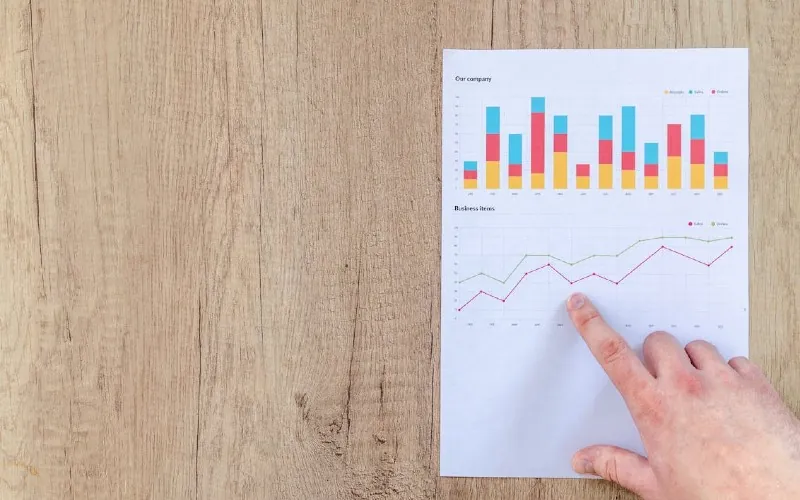The modern digital world has paved the way for data to drive nearly all business decisions. Personalized marketing has become essential to the customer experience optimization alongside predictive analytics. This data allows companies to operate more efficiently and provide users with a more personalized experience. However, this comes with a cost as user trust is reduced as the value of data grows.
Modern consumers are increasingly concerned about how their data is collected, stored, and later used. It is imperative to them that they know who’s tracking them, why, and what control they have over their data. As a result, many businesses find themselves in a place where they must responsibly and transparently handle data.
Why Transparency in Data Collection Matters
Transparency has quickly become more than a regulatory requirement as it is now a brand differentiator. When companies openly state what data they collect and why, they show that they care about their users’ privacy. This makes them stand out and more trustworthy amongst their competition. On the other hand, businesses that neglect this information make users feel the urge to take control of their data and remove it. The best way you can do this is through data removal services, which guide you through the process of deleting your personal information online. However, improved customer loyalty is the most common benefit of transparency in data collection.
Businesses that clarify their data collection systems often see improved data quality. This is because users who trust a brand are more willing to share accurate and useful data with them. Alongside these benefits, transparency in data collection aligns with data privacy laws, reducing the risk of expensive penalties.
What Users Expect Today
It is a recent trend that users are getting increasingly privacy-savvy. This is the result of recent high-profile data breaches and the growing awareness of surveillance capitalism. Because of this, we are seeing an increased desire for data control and clearer explanations from businesses. Some of the most prominently spoken about are:
- Clarity on what data is collected
- Explanations of how data will be used
- Control over data
- Data deletion options
If businesses proactively address these expectations and implement effective tools as solutions, they could enhance user trust. This would significantly set them apart in the crowded digital marketplace.
Data Removal Tools: Giving Power Back to Users
Empowering users with data removal tools is becoming the standard practice for any cutting-edge business. Thanks to these data removal tools, individuals are seeing the extent of their data on the web. From here, they can request corrections to inaccurate data or outright deletion if they no longer wish to share it. Some even offer them ways to opt out of data collection altogether, the safest option.
Platforms that track activity, such as Google’s My Activity, give users insight and control over this data. They have made a significant shift towards a digital space that allows users to keep their privacy. Many brands have followed suit to demonstrate their commitment to ethical data practices. As a result, we are seeing a new way and form of data collection where users feel more in control and are more comfortable sharing their data. However, the space still has a lot of room to grow, as regulations should be updated to accommodate the new space.
Balancing Trust and Business Growth
Modern businesses think that an excessive need for transparency will hinder growth, which is why so many are opposed to it. But, as we have already seen, the opposite is often true as trust fosters engagement and results. The key lies in the balance of leveraging data in a way that benefits both parties.
By adopting privacy by design, businesses create the foundation that balances transparency and growth. However, it is important that they communicate with users and show them how their data is used. Be it better personalization or improved security, it is important that users understand what they get from sharing data. By collecting only what is necessary, businesses avoid the red flags of overcollection and improve trust. Finally, for a business to hold up their transparent data collection model, they must invest in security. This is the only way they can gain and keep the trust of their users in the long run.
The Bottom Line: Transparency Is a Growth Standard
In the following years, data will only gain more power and become an increasingly valuable asset. Because of this, it is paramount for businesses that rely on it to keep the trust of their users. As if it is lost, it’s hard to regain despite all the efforts a business can undertake. This makes transparent and responsible data practices the best strategy going forward.
By utilizing these practices as the catalyst for your data collection strategy, you ensure its longevity. Users want to be heard and in the loop, not secretly surveilled, and they are willing to share, but only to businesses to whom they trust. So, as a business, it is paramount that you embrace transparency and see data collection as a partnership rather than a transaction.


